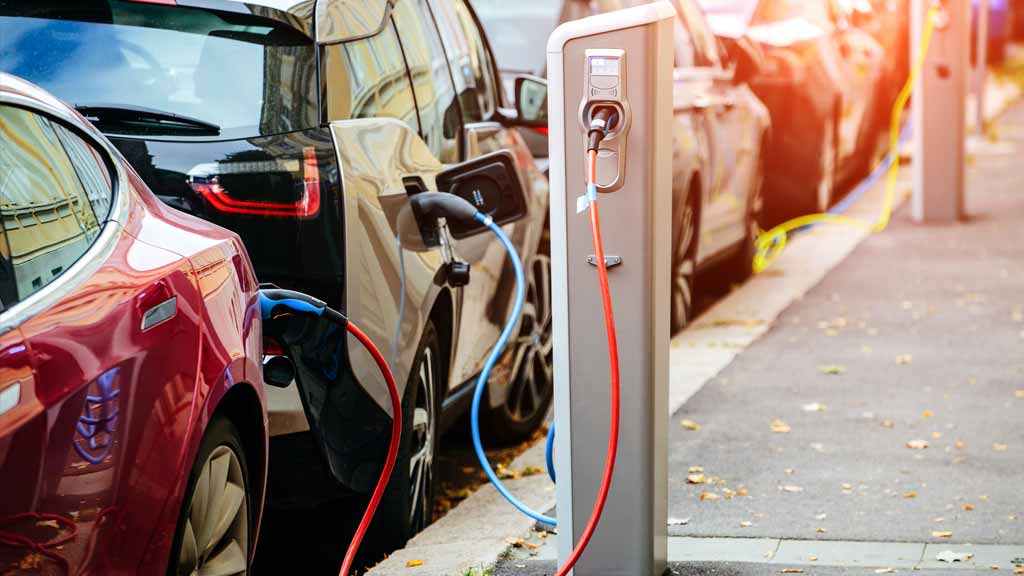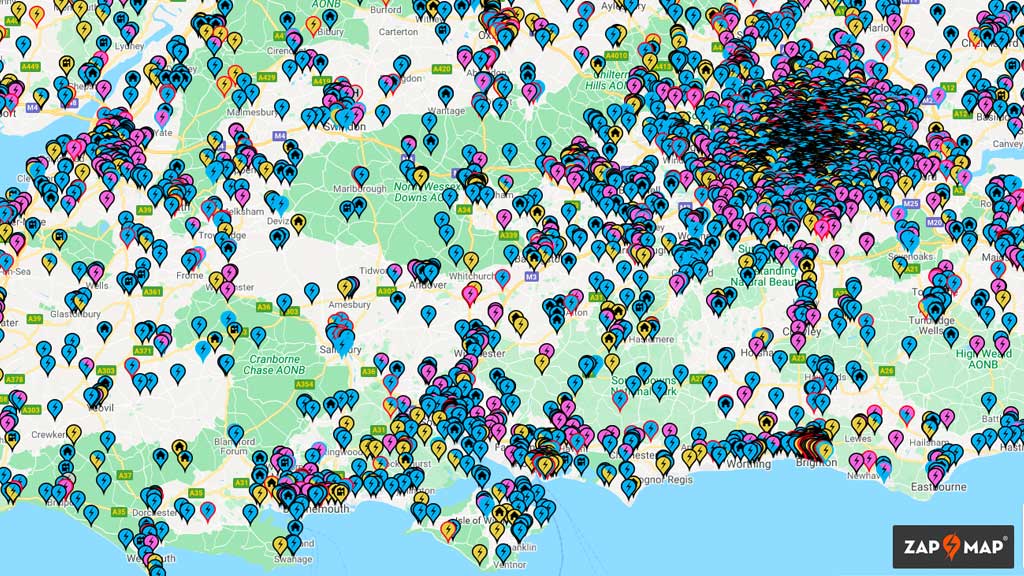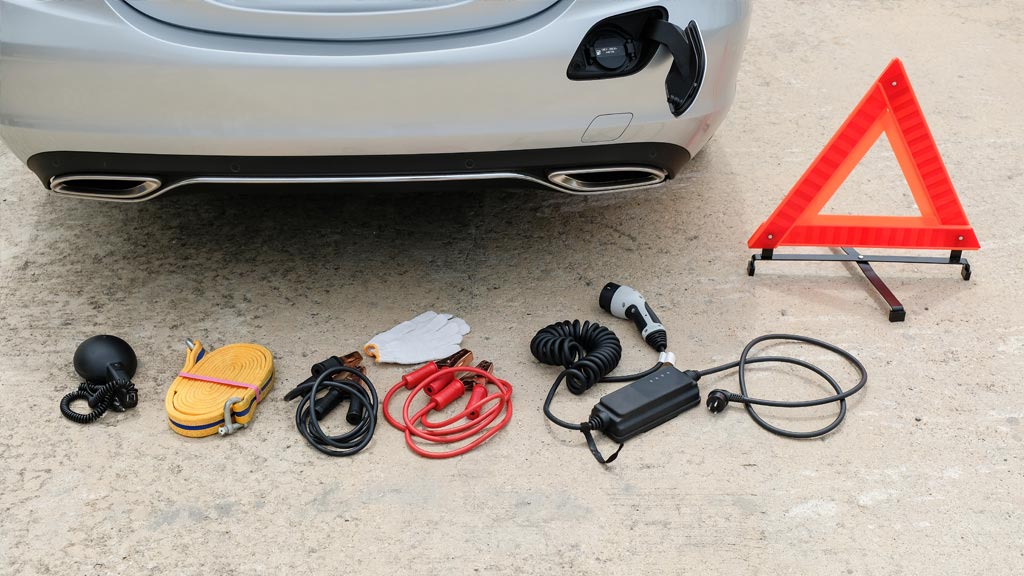
Charging on the UK Public Charging Network
You will most likely find that almost all of your charging will take place at home. However, when you go further afield you may need to use the UK’s public charging network.

The UK public network is massive and continuously expanding, and it is a mixture of both Fast and Rapid Chargers.
RAPID Chargers – are able to deliver a lot of charge very quickly into your car after a short charge stop and these are what you will use to extend the range of your EV and get to your destination on a long journey. With the rapid charging network, you are able to travel great distances with only shortstops.
FAST Chargers – are typically in public car parks, where your car can be left parked for many hours to charge at a slower rate. These are great for taking advantage of a bit of free charging but are not what you would use to navigate a long journey.
The most important thing with regards to stress and problem-free public charging is planning your charging stops. We recommend you use Zap-Map for this, as it offers the most comprehensive and up to date charge point listing, and it is a great user-friendly platform.
EV’s also have charge point listings built into their sat-nav systems, but planning is much better done in advance rather than being on the move. Whilst having charge point navigation in the car is useful for emergencies, the cars listing can be less up to date and less comprehensive, and for the purposes of planning, Zap-Map is a very useful and appropriate tool.

Please watch our charging guide video where we will show you how to plan your route using ZapMap.
There are lots of different operators out there running the public charging network, all with different means of payment. In order to make things simpler for users, it is now a requirement that new charge points installed are payable via contactless card payment. This makes things easy and navigating via just contactless charge points does make things nice and simple.
Zap map will show you the required payment means, so as you are taking a look at the charge points on your route click on the purple pins and click on the info icon to see whether they take contactless – if they do, then great.
There are other Networks and charge points out there that don’t take contactless, such as the historic Ecotricity Electric Highway network at the motorway services. These are gradually being replaced by contactless Gridserve units, however, they are still useful on some journeys, and are payable via a simple to use pay as you go app. GeniePoint are also quite common place and useful, and some are payable using either the Genie Point app or Genie point RFID card.
The majority of charge points out there now though are contactless and very simple for anyone to use.

If you can follow a few basic common sense principles public charging will not be an issue and you will be able to confidently view your EV as a vehicle that can perform any journey no matter how long. Successful, stress-free public charging is all about planning, and following these simple principles:
Journey charging is surprisingly simple if you follow these rules. Be sure to watch our public charging guide video which will help you learn the secrets of successful and stress-free public charging.
The short answer to this is… you won’t. It really just doesn’t happen, as the EV owners are very conscious about charge, and the electric car will make sure it gives you plenty of hard to ignore warnings.
A modern EV has a long enough usable range that you rarely need to push the car to the absolute limit of the vehicle’s capabilities, and if you are driving outside of the range of the car, simply follow the key principles set out in our charging guide.

However, as a backup we suggest:

Completely Green Limited is authorised and regulated by the Financial Conduct Authority. Firm Reference number – 790525. We are a broker and not a lender. If you are not happy with the service you have received, you have the right to refer your complaint to the Financial Ombudsman Service.
Please note: Whilst every effort has been made to ensure the accuracy of the used vehicle information and images on this website, some errors may occur. It is important that you do not rely solely on this information, prices or images, and check with us any items that may affect your decision to purchase a vehicle. For an example monthly price, please use the finance calculator on each listing to retrieve a quotation. Representative Hire Purchase Example: Total Deposit: £2000 and Agreement Duration: 48 Months. Representative Personal Contract Purchase Example: Total Deposit: £2000 and Agreement Duration: 48 Months and 8000 miles pa. Representative Personal Contract Hire Example: Total Deposit: 12 months initial rental and 5000 miles pa, and Agreement Duration: 48 Months and Admin Fee: £299. Risk based variable lending rates apply with rates starting from 6.9% APR.